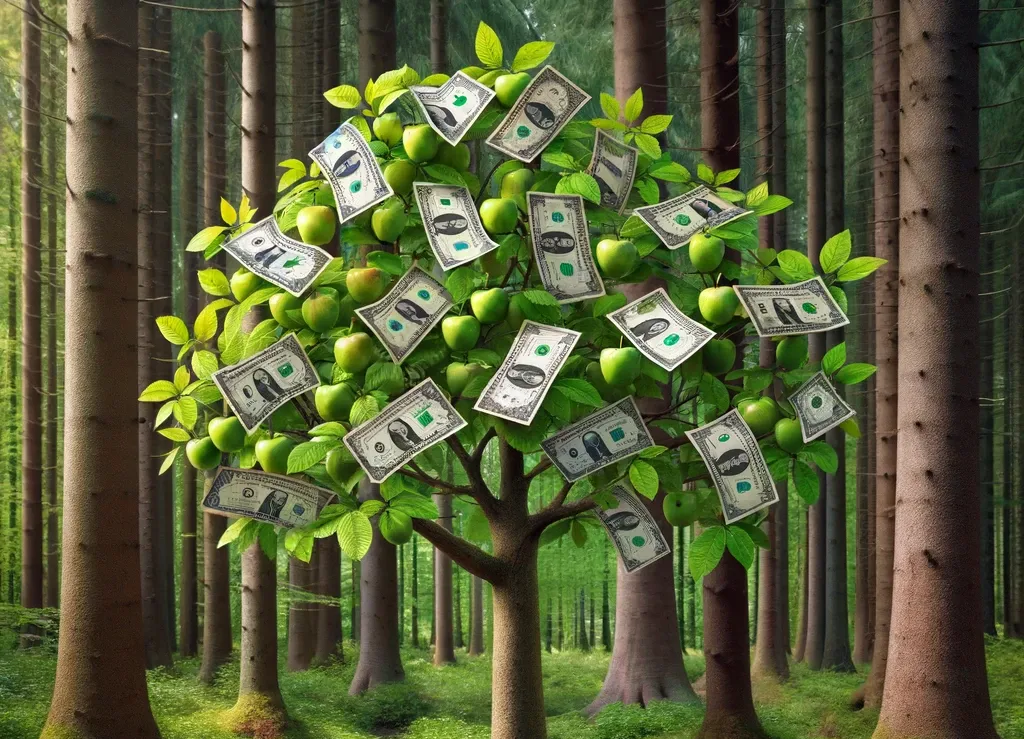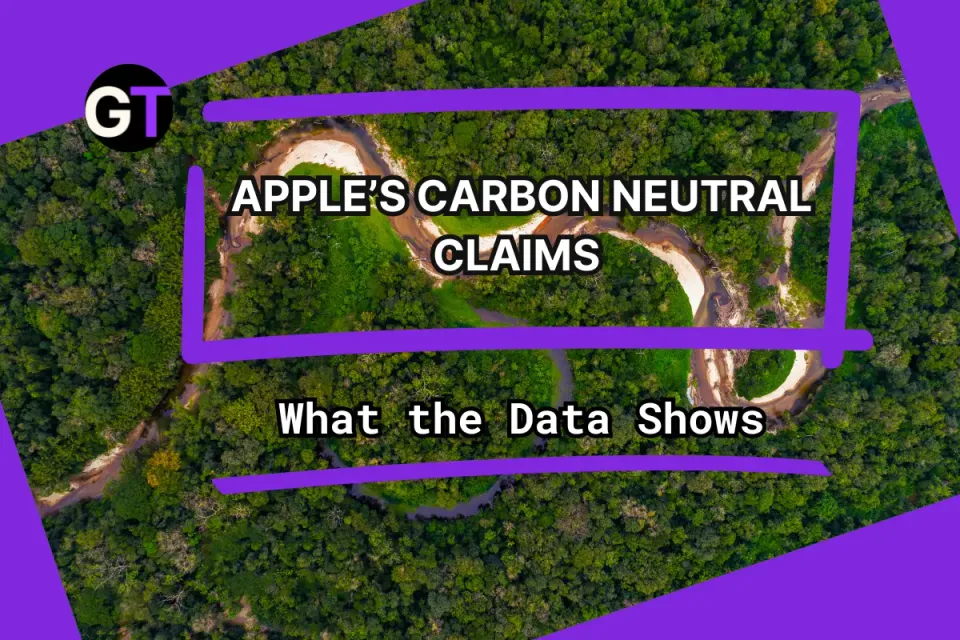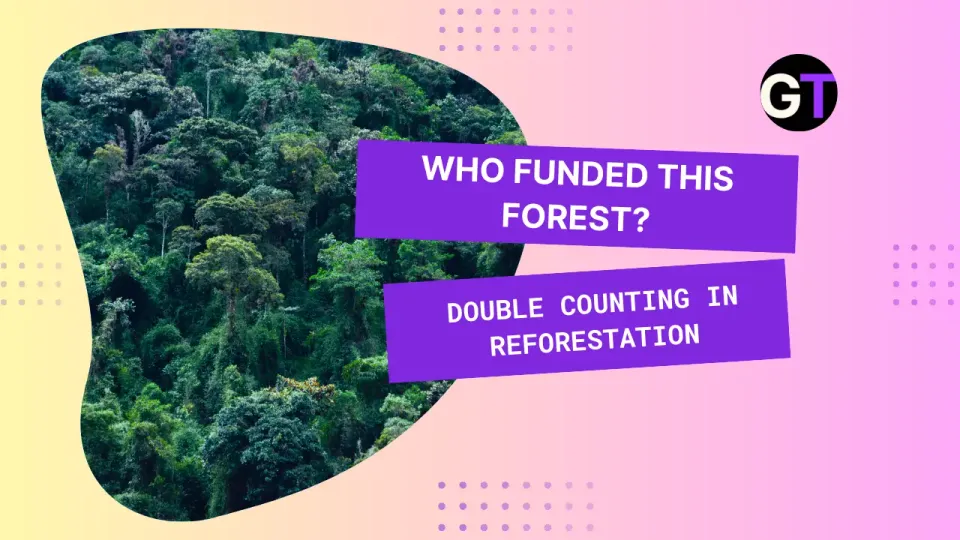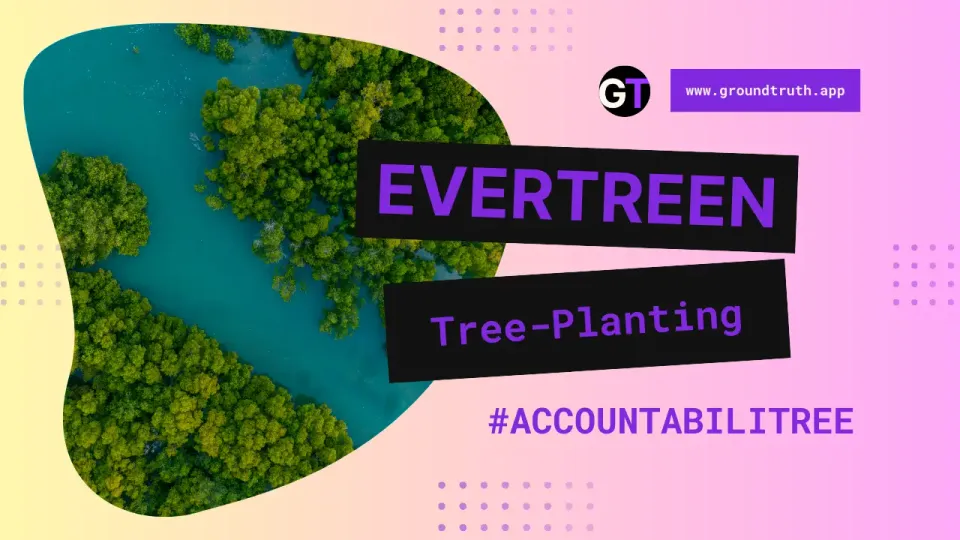Success of Forestry Incentives In Guatemala🌳
The analysis suggests that large-scale forest incentives positively impact forest cover, showing that restoration initiatives have been successful in bringing trees back! 🌲

🌱 Can Our Efforts Make a Difference?
It’s difficult not to wonder sometimes—is planting trees actually an effective way to increase forest cover? With mass deforestation, it’s easy to occasionally feel powerless as fires, harvesting, and other forces chip away at the world’s forests. Can our efforts really make a difference? 🌍
Patrick et al. (2023) aim to answer that by examining restoration efforts funded via government grants in Guatemala. Their findings offer a hopeful perspective on the power of well-targeted forestry incentives.
💰 Economic Incentives as a Catalyst for Environmental Restoration
Guatemala's forestry incentives, introduced in the late 1990s, have sought to combat deforestation by encouraging landowners to participate in forest restoration and management.
Why it matters: The study highlights how these programs, particularly those aimed at smallholders and industrial timber owners, have shaped the landscape. The analysis suggests that large-scale forest incentives positively impact forest cover, showing that restoration initiatives have been successful in bringing trees back! 🌲
However, the authors note a need for more strategic project targeting, significant expansion of project areas, and a deeper analysis of land management.
How can economic incentives be better targeted to maximize environmental impact?
🌍 Current Outcomes of Guatemala's Reforestation Efforts
The study examines the effects of over 16,000 Payment for Ecosystem Services (PES) projects in Guatemala, analyzing their impact on forest preservation and restoration.
Key findings:
- Smallholder initiatives: More effective in reducing forest loss.
- Industrial timber owner initiatives: Increase forest cover.
- Restoration projects: Led to a 15% rise in forest cover, significantly more than plantation and agroforestry efforts.
Why it matters: Restoration projects are key for forest landscape restoration, though balancing them with other priorities such as resilience and rural development is crucial. 🌳
What additional strategies could complement restoration projects to enhance forest landscape restoration?
🚀 Future Challenges: Leveraging Economic Tools for Sustainable Forest Management
The study also highlights limitations in data accuracy, especially for irregular project areas, which could affect the analysis of program impacts.
Key insight: Estimates based on the best available data sometimes mismatch when compared with more detailed geographic information, particularly for projects with complex shapes. 🌱
What’s needed: Better data for these projects. Political instability and other upheavals make record-keeping challenging, but to accurately assess the success of different tree-planting initiatives, we need access to the original raw data as much as possible.
How can data accuracy be improved in challenging environments to better assess reforestation efforts?
🔓 Open Data & Code: Empowering Further Research
The data that support the findings of this study is openly available. Supplementary Information includes analysis not included in the original manuscript. 🌐
Curious to dive deeper into the data? Explore the resources and see how economic incentives can drive successful reforestation in Guatemala.




